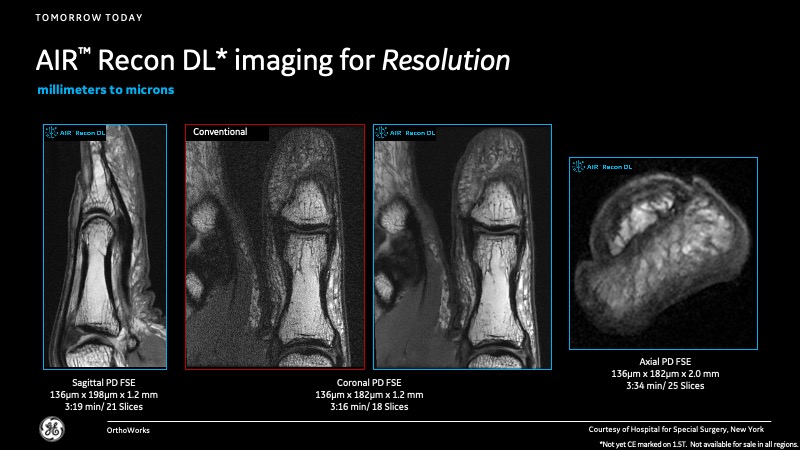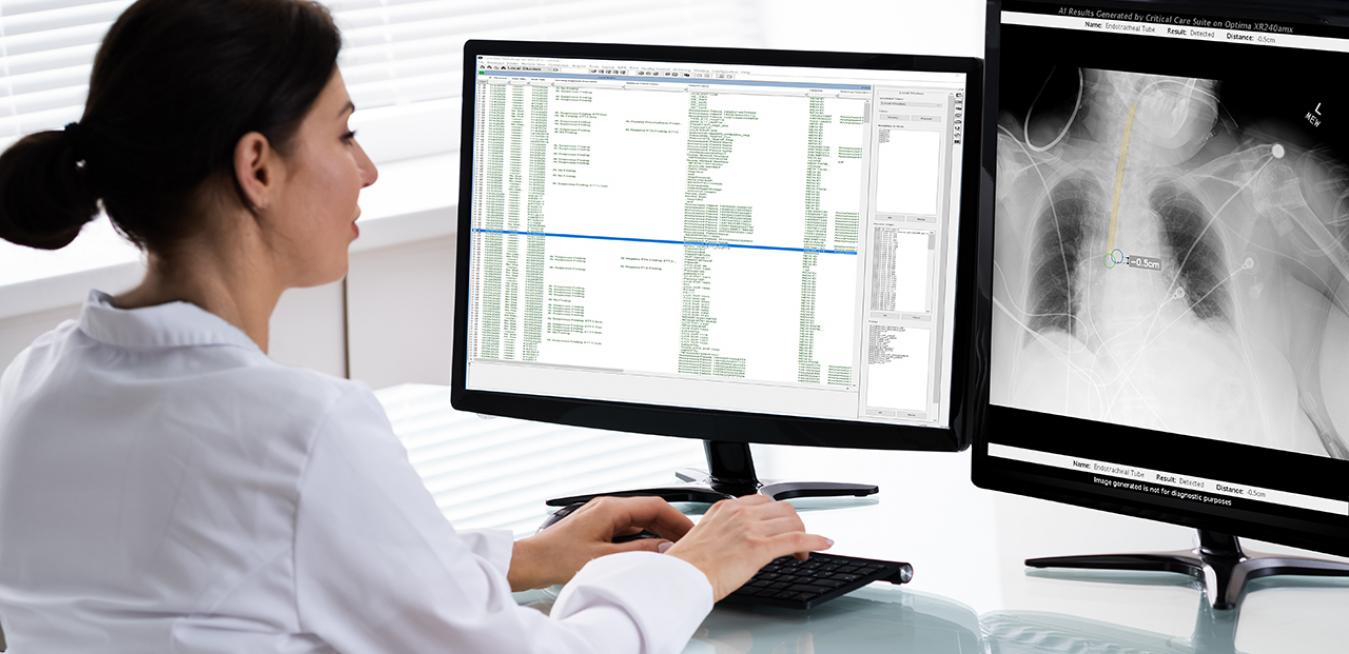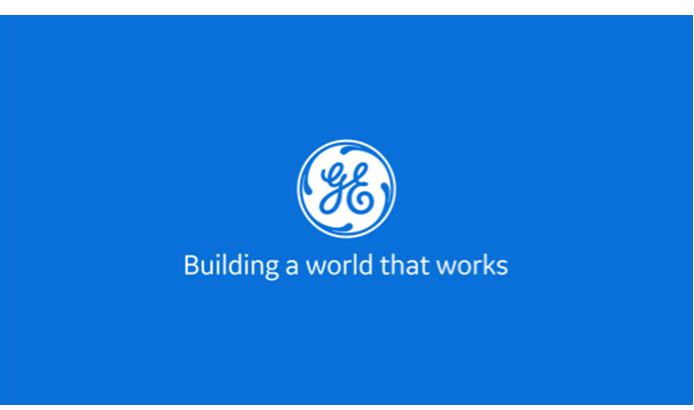ADVANCED PLACEMENT
With mechanical ventilation being an important tool for keeping the sickest COVID-19 patients alive, clinicians have been intubating more patients than usual in 2020. Even in normal times, inserting a breathing tube down a patient’s trachea is tricky work. Go too far and you could trigger a collapsed lung, not far enough and the patient may throw up. Doctors often order a chest X-ray to make sure the tube is positioned just so. But now they’ve got another form of help available: software that uses artificial intelligence to help clinicians assess the placement of endotracheal tubes and make critical adjustments faster. The AI solution is part of GE Healthcare’s Critical Care Suite 2.0, a collection of algorithms embedded in mobile X-ray devices that give hospitals access to AI without huge investments in IT infrastructure.
Getting it right: In a typical intubation procedure, a clinician inserts the breathing tube and a radiologist studies the X-ray confirming the tube’s position — it should stop between 3 and 7 centimeters above the carina, the point where the trachea splits into each lung. Radiologists can examine only one X-ray at a time, though, while an algorithm can scan hundreds of images quickly and flag possible misplaced tubes. That instantaneous feedback can give clinicians more confidence in their work and help identify which patients need additional adjustments. In 94% of cases, the new algorithm can provide the distance from the tip of a breathing tube to the carina within 1 centimeter.
Learn more here and stay tuned for more news from the annual meeting of the Radiological Society of North America (RSNA), the premier industry showcase that typically draws tens of thousands of visitors from around the world every year. It’s taking place – virtually — this week.

SMARTER IMAGE
Radiologists know that when it comes to magnetic resonance imaging, some trade-offs are inevitable. MRI scanners use powerful magnets to excite hydrogen atoms within the body; those atoms then emit radio signals that are picked up by the scanner and transformed into a digital image, allowing doctors to see deep within. Problem is, those radio signals compete with other signals generated by the MRI machine and by the body itself. To get a sharper image, doctors need to achieve a higher signal-to-noise ratio, which can involve keeping patients in the machine longer. Radiologists in busy hospitals can cut down on scan time, but that can involve sacrificing clarity. New technology from GE Healthcare, though, could enable doctors to eliminate some of the old trade-offs — with a little help from artificial intelligence.
A scanner smartly: The application, which is called AIR Recon DL and runs on GE’s Edison platform, uses a deep learning algorithm to improve MR image reconstruction — essentially, it “de-noises” the raw digital data. “What AIR Recon DL has allowed us to do is image sometimes faster, even with a higher spatial resolution, and achieve equal-to-better image quality,” said radiologist Darryl Sneag, who’s started using the software at New York’s Hospital for Special Surgery. “At the end of the day, it’s helping us to potentially make alternative diagnoses or see anatomical structures much sharper and finer than we might have previously been able to.” Any gains in time that the software yields will be a boon to radiologists as they work through MRI scans that have been deferred due to the coronavirus pandemic.
Learn more about the AI-assisted technology GE highlighted at RSNA here.

CYPRESS GROWS
Offshore wind energy has been getting a bit of attention recently, what with the Haliade-X — the most powerful offshore wind turbine in operation, made by GE Renewable Energy — passing a major milestone ahead of its installation in wind farms around the world. But breezes blow over land, too, and the GE unit is there to capture them with its powerful Cypress onshore wind turbine platform. Last year a prototype of that mighty machine generated its first kilowatts in the Netherlands. And this week GE officially introduced the 6.0-164 version of the Cypress — an even more powerful turbine that will allow the machine to increase annual energy production by up to 11% compared to a previous model.
Towering achievement: The company made the announcement ahead of the Wind Energy Hamburg trade show, which opened (virtually) today. The other models in the Cypress platform are known as 4.8-158, 5.3-158 and 5.5-158, with the first number representing power generation and the other referencing the turbine’s rotor diameter. Each of the 6.0-164 turbines will produce enough electricity to power approximately 5,800 European households. Peter Wells, CEO of Onshore Wind Europe for GE Renewable Energy, said, “The Cypress platform is already providing our customers the ability to lower the cost of onshore wind and gain added flexibility in siting turbines. This latest product in the platform will help them drive additional growth of clean, renewable wind power across Europe and beyond.” The 6.0-164 model is expected to be in the field by 2022.
— QUOTE OF THE DAY —
“In several COVID-19 patient cases, the pneumothorax AI algorithm has proved prophetic. Altogether, this technology is a game changer, helping us operate more efficiently as a practice, without compromising diagnostic precision.”
— Dr. Amit Gupta, modality director of diagnostic radiography at University Hospital Cleveland Medical Center
Quote: GE Reports. Images: GE Healthcare, GE Renewable Energy.





